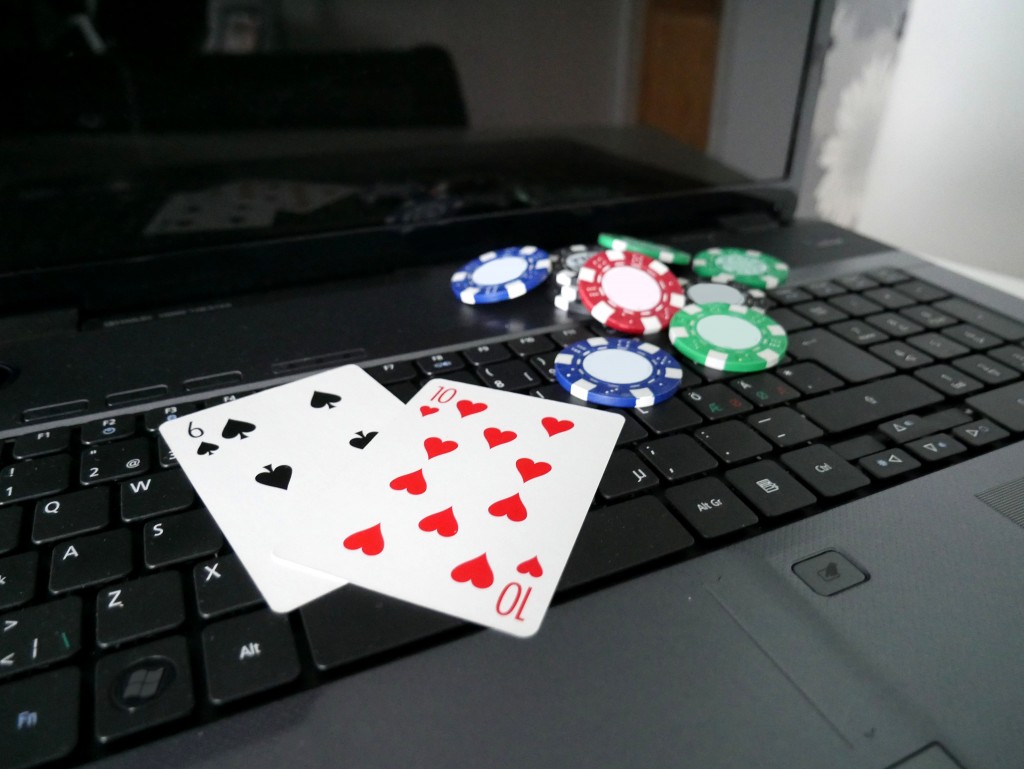
In previous Poker ABC articles, we discussed two simple mathematical concepts - pot odds and implied odds. These two concepts are finalised by a third - reverse implied odds. In theory, it is the most complex concept, but it is still fully accessible to the poker novice.
For a good understanding reverse implied odds, you must first remember implied odds. The latter concept basically means that a player can defy the percentages given directly to the betting response if it is known that it will be possible to take significantly more chips by completing his draw. Usually implied odds straight or flush draw.
Reverse implied odds inverts the concept. Usually reverse implied odds flush draws are used, as a low-card flush draw will not necessarily get ahead of the opponent. Every player nowadays knows that you can barrel'inting your flush or straight draw, so sometimes even getting good odds'us can fall behind even when including implied odds. For example:
Ranka:
Flop:
Opponent's bet: ½ of the pot
Of course, we will almost never run a single flush draw, but we need to keep a close eye on the action. Depending on the preflop action, it's possible that the opponent has KhQh in this situation, so if the player catches his own lower flush, he will only lose more chips, not the other way around.
Correct use and understanding reverse implied oddsIt's a bit complicated, of course, but it can be boiled down to a simple rule, as mentioned by Poker School coach Gediminas Gefenas. If we only have a low flush draw on the turn (a pair would not give us any advantage), even with the odds, we can run the hand. This can prevent the, albeit rare, situation when, after a flush, we are forced to call a big bet with a low flush.
Often this concept can be applied to situations where we have a straight draw, but there is a high probability of a flush on the board (and the opponent's range is made up of a lot of suited hands). In these situations it is important to understand the relative values of the hands. On 4 cards of the same type, a straight hand, although strong in the abstract, will very often be a losing hand. Relative hand values and their correct understanding are discussed by Gediminas Gefenas, Poker School trainer, in this video:





